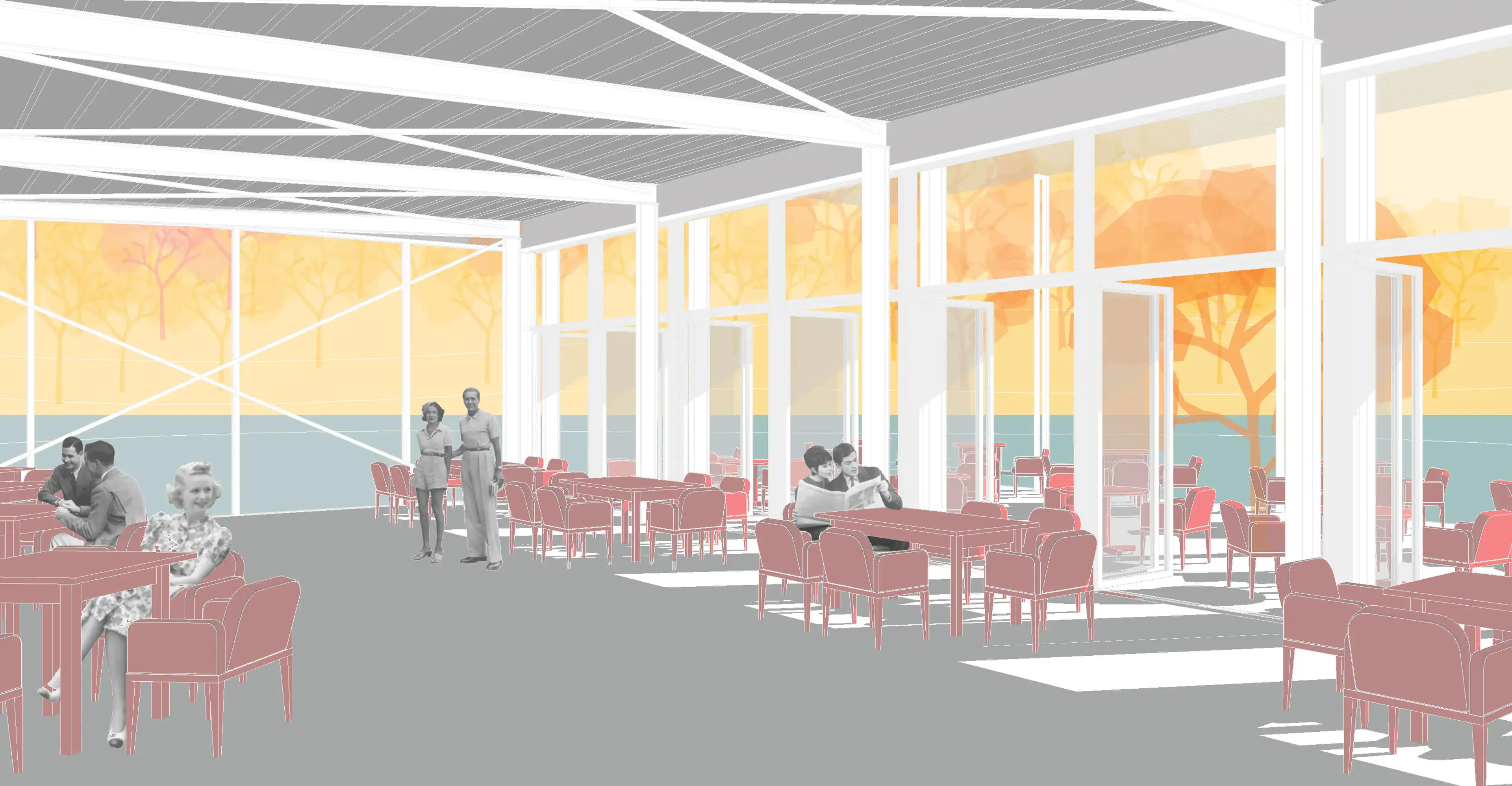Pit lake development
Summary
Pilisvörösvár is a Hungarian town 20km away from Budapest with 14 000 citizens. It is in the capital city’s agglomeration with rapidly growing population. 28% of citizens are originated from Germany which impacts the whole town’s culture. Because of this city events are mostly follow swabic traditions in nature.
One of the goals of my thesis is to provide a place for these events in an environment that is not only attractive to the locals of Pilisvörösvár, but also offers an opportunity to integrate into community life, to attract newcomers, and to provide an alternative for relaxation.
About the area
In the first half of the 20th century Pilisvörösvár was operating a coal mine, which created five pit lakes when it eventually got silted up. These lakes are commonly knowns as "Schlämmung" in German which, in Hungarian pronunciation, got called "Slötyi". The area of Slötyi, which is wedged into the present residential area of the town, is a particularly important natural asset to the town.
The development strategy of the town pays a lot of attention to the development of the area around the pit lakes. Their plan was to develop a recreational area, so in 2016 a comprehensive landscape plan was created, designed by the architectural firm Pagony, which designated the pit lake as a bathing spot.
My plans here consist of places for enjoying the newly formed beaches and a complementary winter-summer restaurant.



